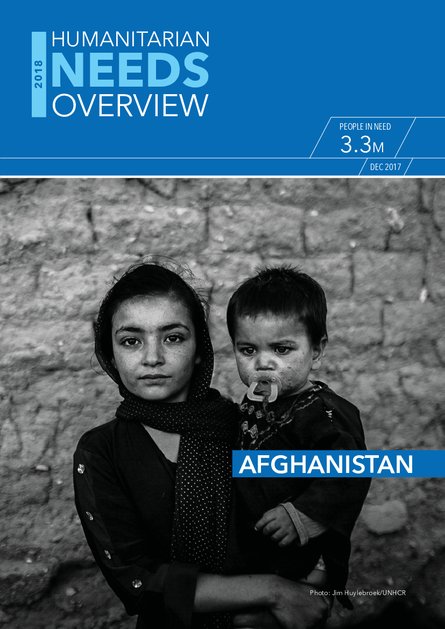
Afghanistan is one of the world’s most complex humanitarian emergencies, characterised by escalating conflict, causing over one million people to be living in new and prolonged displacement. In 2018, 3.3 million people will need life-saving assistance. Violations of international humanitarian and human rights law are commonplace, with frequent reports of summary executions, kidnappings, and attacks on civilian infrastructure. Between 2014 and 2016 there was a 110 percent increase in the number of healthcare facilities attacked (from 25 to 53) and a 163 percent increase (from 72 to 189) on healthcare facilities closed by parties to the conflict. Civilian casualties are at the highest levels seen with 8,019 documented in the first nine months of the year. Two thirds of these civilian casualties were women and children.
Amidst growing signs that what was once a low intensity conflict has now escalated into a war, the UN strategic review of 2017 reclassified Afghanistan from a post-conflict country to one in active conflict. Eighty conflict incidents were recorded each day between July and September in 2017 – the highest number in six years – and sixteen district administrative centres (DACs) were attacked and taken over by the Taliban this year. The intensification of the conflict, combined with a surge in sectarian violence in Kabul, has led to extremely high numbers of war wounded on both sides of the conflict. Between January and September 2017, health partners reported more than 69,000 trauma cases – a 21 percent increase on those recorded during the same period in 2016.